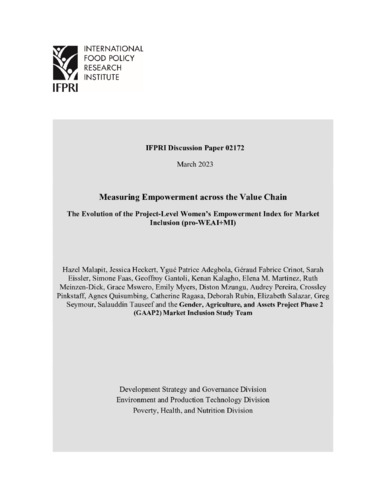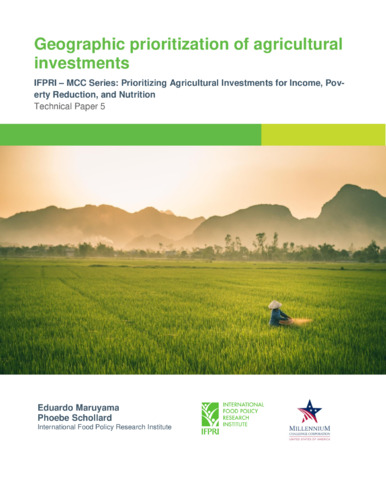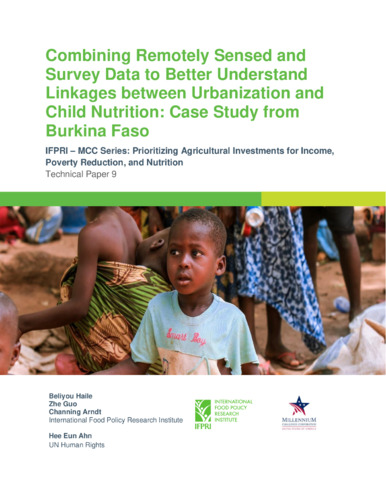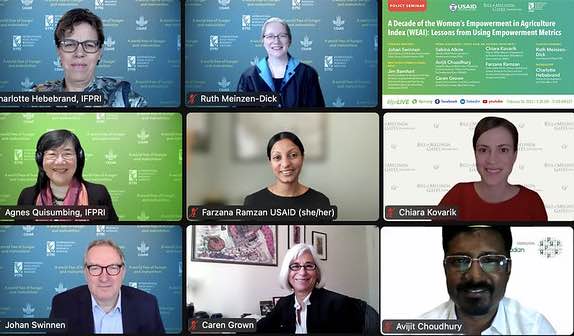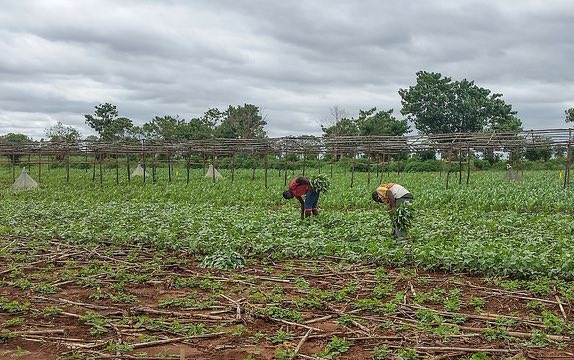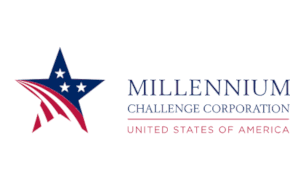Geographic prioritization of agricultural investments
Through the Notification of Funding Opportunity (NOFO) for the project “Advisory Services – Program Management for Development and Implementation within the Agricultural Sector” (DCO-PR-18-0293) issued a to the International Food Research Institute (IFPRI), the Millennium Challenge Corporation (MCC) described a series of information needs and how IFPRI could provide research and analysis that would help the MCC maximize the effectiveness of their agricultural interventions. This report focuses on how agricultural investment should be prioritized across territories within countries to maximize economic returns. With this purpose in mind, we develop a spatial and economic tool for strategic analysis and visioning to help understand where the best opportunities for investments in agriculture, with specific examples for investments in irrigation and roads in Ethiopia and Malawi. For such investments to be effective for poverty alleviation, it is necessary that they lead to farm-level increases in productivity and are translated into higher incomes and better livelihoods for rural households. Our proposed approach utilizes stochastic frontier analysis (SFA) to estimate smallholders’ agricultural potential under optimal conditions and compare it with their current performance to assess their efficiency levels. SFA allows the econometric exploration of the notion that, given fixed local agroecological and economic conditions in a region and the occurrence of random shocks that affect agricultural production, the decisions farmers and policymakers make translate into higher or lower production and profits. Inefficiency is then defined as the loss incurred by operating away from an ideal production frontier, and by estimating where this frontier lies, and how far each producer is from it, SFA helps to identify local potential and efficiency levels to construct the typology. For this report, we show how this approach can allow us to compare estimated agricultural potential and efficiency levels under current conditions and hypothetical investment scenarios and calculate what are the agricultural profit gains linked to each case. We can then extrapolate these results at the regional level for the whole country and combine them with GIS data on local agroecological conditions, water availability, topography, and road infrastructure to construct our typology. In particular, we use our typology results to assess where investments in agriculture would be more effective in bringing rural households out of poverty (closing the poverty gap), and how two different types of investments can increase rural households’ incomes through an increase in the profitability of smallholder agriculture. The first scenario looks at the impact of an increase in access to irrigation through river diversion methods, while the second scenario looks at the impact of an increase in market access, which we simulate by analyzing what would be the impact of reducing travel time to the nearest market (city of least 25,000 inhabitants) from any farm in the country by 50%. For Ethiopia, we find pockets of considerable unattained farm profits located throughout the central and western parts of the country, where opportunities for investments to close efficiency gaps in agricultural production and marketing can yield high returns. Low potential in the eastern lowlands limit opportunities for gains from efficiency-oriented investments, and development efforts in these regions should be focused in long-term, large scale interventions that shift the agricultural frontier. With respect to poverty alleviation, our results show that for many regions in the country, especially in the high central plateau, investing in increasing the efficiency of smallholders would be enough to close the poverty gap. In contrast, many areas in the Somali, Tigray, Afar, Oromia, and SNNP regions would require unrealistically high shifts in their agricultural potential due to its current low level combined in many cases with higher than average poverty gaps. The results from the improved irrigation access scenario are heavily constrained by the surface water availability constraint and show that the largest impacts would be observed in Somali and Afar, while in the case of the improved market access scenario, these benefits would extend to Tigray as well. For Malawi, our maps show higher agricultural potential in the Northern and Central regions of the country, consistent with the higher precipitation levels and the agroecological suitability for horticulture in the Kasungu Lilongwe Plain (central), and the staple crop producing areas in the north (such as Chipita). The southern region suffers from lower potential due to poorer general weather conditions and lower rainfall levels. The unattained potential map shows that despite high levels of efficiency, potential in the north is high enough for the remaining gap to be significant, and that the levels of efficiency in the southern tip of the country are low enough to offer some opportunities for efficiency enhancing investments in those areas as well. The poverty analysis shows that the incidence and depth of poverty are higher in the Southern Region of Malawi, but that the poverty gap in all districts of the country could be closed by investing in efficiency enhancing interventions in agriculture without depending on investments that shift the agricultural profit frontier. The results from the improved irrigation access scenario show a larger impact in the Central Region of the country, particularly the districts of Kasungu, Dowa, and Salima, while the improved market access scenario benefits are more evenly spread out across the country.
Authors
Maruyama, Eduardo; Scollard, Phoebe
Citation
Maruyama, Eduardo; and Schollard, Phoebe. 2021. Geographic prioritization of agricultural investments. IFPRI – MCC Technical Paper Series: Prioritizing Agricultural Investments for Income, Poverty Reduction, and Nutrition 5. Washington, DC: International Food Policy Research Institute (IFPRI); and Millennium Challenge Corporation (MCC). https://purl.umn.edu/315292.
Country/Region
Ethiopia; Malawi
Keywords
Sub-saharan Africa; Africa; Eastern Africa; Southern Africa; Models; Investment; Agriculture; Poverty
